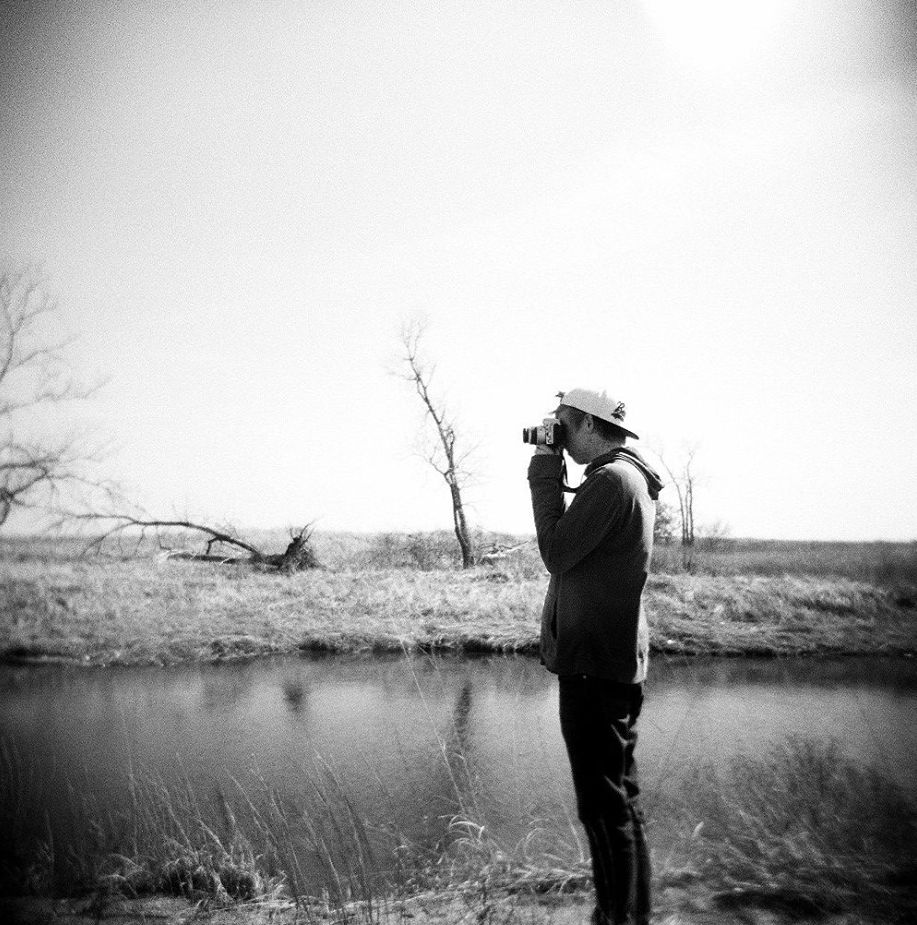
All photographic undertakings require some artifice and trial and error. The photographer or filmmaker isn’t so much capturing the exact right image or moment as he is capturing many images and moments and looking for the best in the editing stage. This has always been the case. It reflects the fact that we’re not the creator so much as the created, trying to capture a piece of creation.
Unless you’re doing work for a fellow pro, It’s all about how professional the equipment looks. I upgraded my event video camera from a dinky little HV20 (it produced great quality video anyway) to a new comparable Canon HD video camera. The difference between them? The HV20 was silver and looked like a soccer mom camera, while the new camera is matte black and has a cool looking lens hood. I’ve already received a bunch of compliments about how professional my gear is.
I have a friend who always wears a hat when he directs a film. He told me it makes him stand out and gives him more authority in people’s minds. I tried it once and it seemed to work, but I’m not much of a hat person.
The 24 frames per second “jerky look” has been the hallmark of cinema since it’s inception, so it has a lot of sway with people’s brains. Even people who have no idea about fps still know what “the cinema look” is. That being said, I’ve seen plenty of 30 and 48 and 60fps films that were just as engaging, dramatic and “cinematic” as films shot in 24p. The filmmaker’s palette is an ever increasing one, and I try to embrace it all.
I’ve always been under the impression that most well-known artists work exactly like most unknown artists. They just make stuff, and then make more stuff. Look at all of the films or photos or paintings or poems of any famous artist and you’ll see a bunch of stuff, some of it good, some of it not so good, but at the end of the day, it’s just stuff that they churned out, and then made more. Most artists are just humble craftsmen, and it’s really just society that selects a few to highlight every couple of decades.
There’s always been a conflict between photographic philosophies. On one side you have the photoshop and lightroom crowd who view photographing the image as a starting point for a more complex post workflow. Sometimes the results are stunning, sometimes gaudy and ugly. It all depends on the skill and artistic eye of the editor. On the other side you have photographers who view photographing the image as the beginning, middle and end of the process. They bring all the filters they need with and them and get the photo right on-site. These people tend to think of photography as a way to capture the world as it is, not to create an idealized or alien one. This second philosophy falls apart when you consider the wondrous complexity of the human eye and the comparatively primitive nature of the camera’s lens and sensor. Often the only way to capture an image that you can see just fine with your own eye is to shoot the best image you can on site and do subtle post work to get the image to look closer to what you could see. There are photographers all along the spectrum between these two philosophies, and to be honest, I’m not
